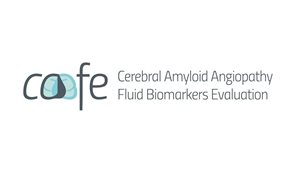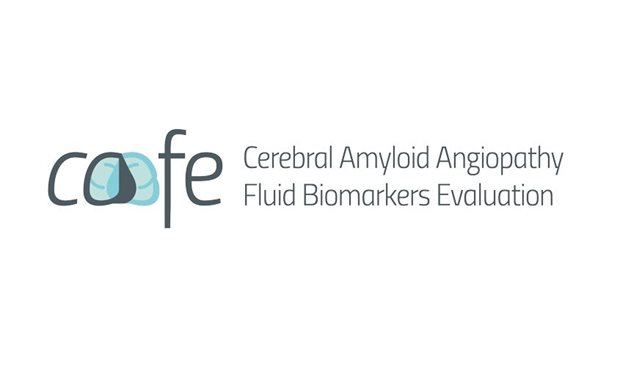

Background of the CAFE project
Recently, a transgenic rat model of CAA was developed that closely resembles human CAA deposition in the microvasculature. This model allows for studying disease progression in relation to biomarker levels longitudinally, and gives the opportunity to investigate prodromal stages of disease. read moreBackground of the CAFE project
Transgenic rat model
Recently, a transgenic rat model of CAA was developed that closely resembles human CAA deposition in the microvasculature, but in the absence of parenchymal amyloid pathology. In these rats, the onset of microvascular fibrillar amyloid was observed at three months of age with progressive accumulation to twelve months of age. This model allows for studying disease progression in relation to biomarker levels longitudinally, and gives the opportunity to investigate prodromal stages of disease.Hypertensive vasculopathy related hemorrhages versus CAA related hemorrhages
A current dogma in the field on intracerebral hemorrhage is that lobar hemorrhages are primarily caused by CAA and conversely, deep intracerebral hemorrhages (in basal ganglia and brain stem) are caused by cerebral hypertensive vasculopathy (see Figure 1). However, it is likely that cerebral hypertensive vasculopathy also contributes to lobar hemorrhages and conversely. So, a study on biomarkers of CAA should also include patients with (micro)hemorrhages due to cerebral hypertensive vasculopathy.
Figure 1: Two examples of intracerebral hemorrhages, visible on a CT scan. The left panel shows a lobar hemorrhage, which is often associated with CAA, whereas the right panel shows a deep intracerebral hemorrhage, most likely to be associated with hypertensive vasculopathy.
CAFE: Cerebral Amyloid angipathy Fluid biomarkers Evaluation.
Aims
- To study the trajectory of candidate CAA biomarkers in a novel transgenic rat model from the presymptomatic phase to the symptomatic phase.
- To identify new potential biomarkers for CAA using proteomic methods in transgenic CAA rats.
- To determine biomarker specificity for CAA.
- To further characterize, develop and validate candidate protein biomarkers in biological fluids for the diagnosis of CAA patients and control groups including a group with hypertensive vasculopathy and healthy controls.
Duration of the project
The duration of the project is 5 years, starting in 2018.Partners
- Rhode Island University
